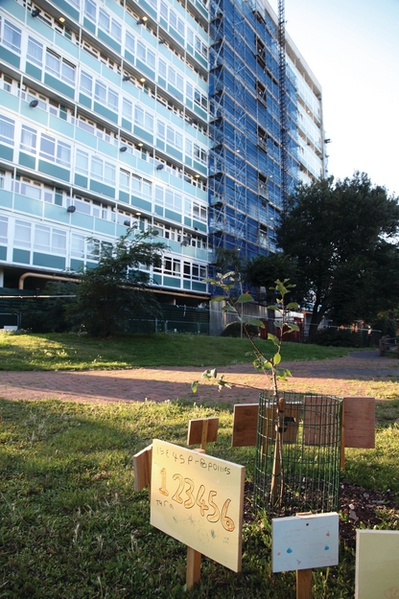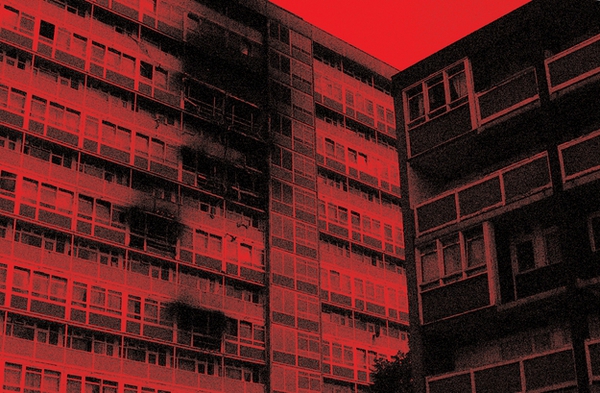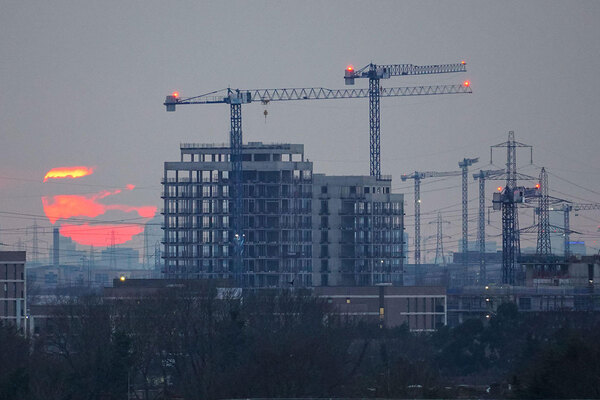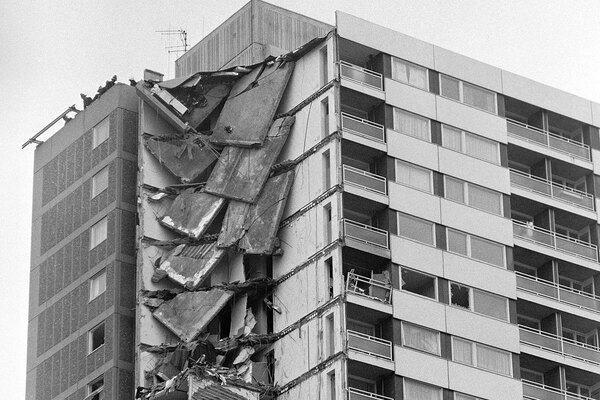Lakanal judge: Tell residents about fire safety
Residents in high-rise blocks must be aware of fire safety and be given clear advice in the event of a fire, the coroner of an inquest into six deaths in a tower block has recommended.
Judge Frances Kirkham sent out her ‘rule 43’ letters on Thursday to the secretary of state for communities Eric Pickles, Southwark Council and the London Fire Brigade.
This followed the jury reading out their narrative verdicts on the deaths of the three women and children in the south London tower block Lakanal House on 3 July 2009.
She wrote to Mr Pickles that there was a lack of clarity about when the ‘stay put’ or ‘get out and stay out’ polices applied to residents in a tower block fire.
To Southwark Council she suggested it demonstrated fire safety features to tenants going into new high-rise homes, of their property and block as a whole. She also recommended the local authority review its signs in common parts of high rise residential buildings.
Ms Kirkham wrote to the London Fire Brigade: ‘Residents of high-rise residential buildings need to be aware of the dangers associated with fire in such buildings and to have a clear understanding of what they should do in case of fire.
‘Whilst this is a matter which concerns housing providers, it is recommended that your brigade also considers how to improve dissemination of fire safety information to achieve effective communication with residents of such buildings.’
She noted there was ‘uncertainty about the scope’ of fire risk assessments. The Communities and Local Government department should provide clear guidance on fire risk assessments, she said. This included on whether a sample of flats should be inspected internally to identify possible breaches of ‘compartmentation’, which allows a fire to be contained in the flat of origin up to an hour.
Southwark Council should review its policies and procedures concerning fire risk assessments, Ms Kirkham suggested. This included ensuring staff had the adequate skills and training to carry out assessments of higher risk buildings. The coroner also believed the local authority should consider better training for people procuring or supervising work on existing buildings to ensure that materials used have ‘appropriate fire protection qualities’.
To Mr Pickles and Southwark Council she noted ‘retrofitting of sprinkler systems in high rise residential buildings might now be possible at lower cost than had previously been thought to be the case’. She recommended the council consider retrofitting sprinklers in its high-rise buildings and the CLG department encourage other housing providers to retrofit sprinklers in high-rise blocks.
All three authorities must now provide a written response in 56 days from Thursday last week.
Ian Wingfield, Southwark Council’s cabinet member for housing, said: ‘During the inquests, we have heard in great detail how many different factors contributed on that dreadful day, including in relation to some areas where we failed and that is why I can only say how sorry we are. We have learned immediate and enduring lessons from this tragedy and have improved what we do to make our residents and homes safe.
‘The council has put fire safety and improvements to our housing stock at the top of our priorities. First and foremost was the creation of a dedicated housing department with clear accountability. In addition, over £48 million has been allocated to the council’s fire risk assessment programme and associated fire safety works across the borough. In particular, all similar properties have an up to date fire risk assessment that is available to the public, and we are spending £326 million making all our council homes warm, dry and safe.’









